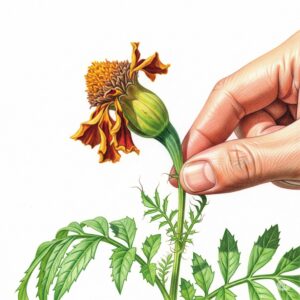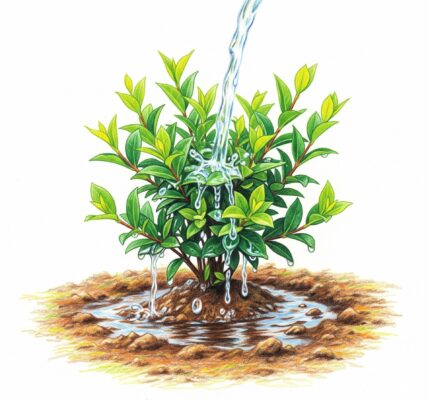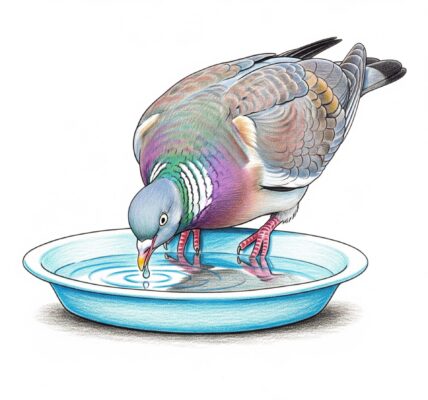
Deadheading is a simple yet effective gardening task that involves removing spent or fading flowers from a plant. The process is a cornerstone of maintaining a vibrant, healthy, and long-flowering display, especially in a low-maintenance garden. By snipping or pinching off the old blooms, you are essentially tricking the plant into thinking it hasn’t yet completed its life cycle.
A plant’s primary goal is to reproduce, and it achieves this by setting seed after flowering. When you deadhead, you prevent the plant from putting its energy into seed production. Instead, it redirects that valuable energy back into creating new flowers, which can result in a longer and more prolific blooming season. This is particularly useful for plants that bloom continuously throughout the summer.
There are two main ways to deadhead. For most plants, you can simply pinch off the old flower head with your fingers, or you can use a pair of clean, sharp secateurs to make a neat cut. The cut should be made just above the next set of healthy leaves or a new flower bud. This not only encourages new growth but also keeps the plant looking tidy and attractive.
Beyond extending the flowering period, deadheading also has other benefits. It can improve the overall health and vigour of the plant by encouraging better air circulation, which reduces the risk of fungal diseases. It can also prevent self-seeding, which is particularly useful for gardeners who want to maintain a tidy and controlled planting scheme and avoid unwanted seedlings popping up everywhere.
While it might seem like a small task, a little time spent deadheading can have a huge impact on your garden’s performance, ensuring a continuous and spectacular display of colour right through the summer months.




